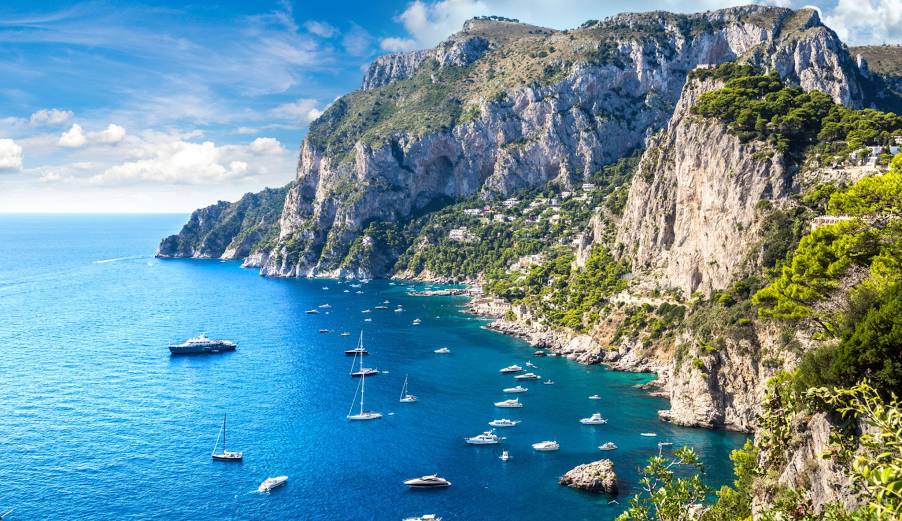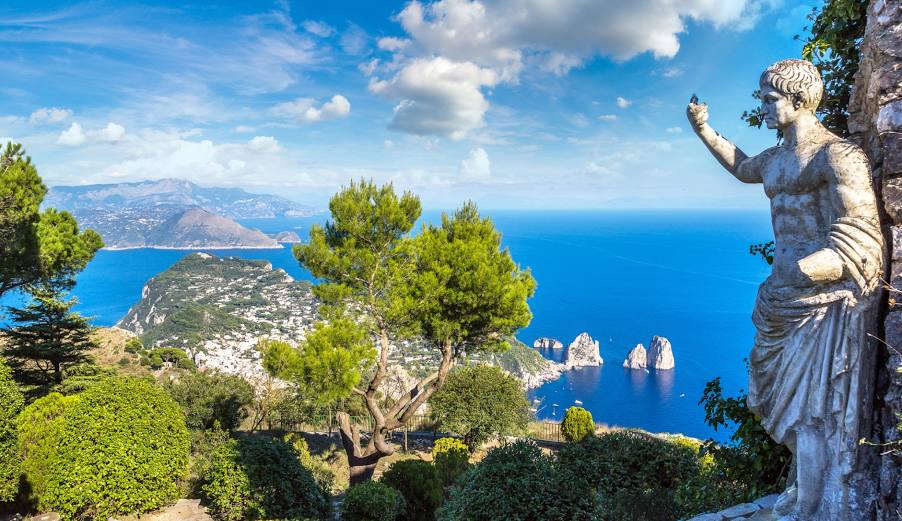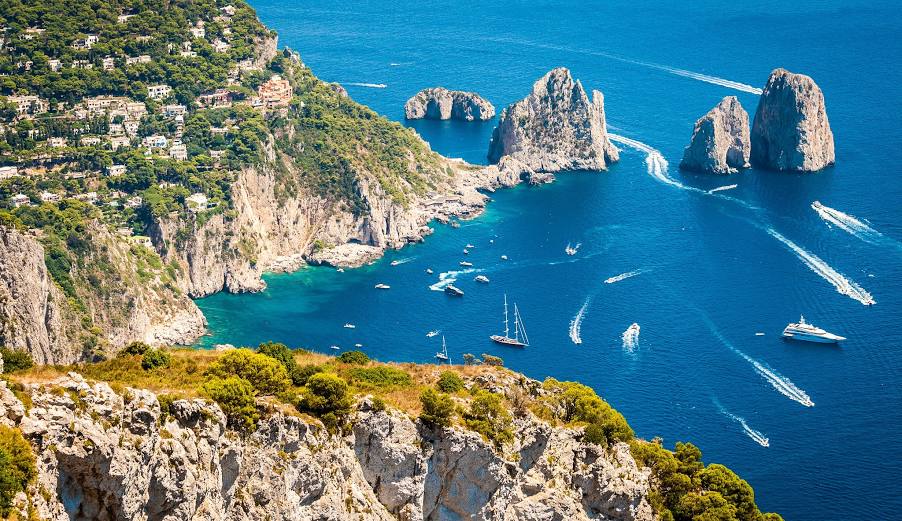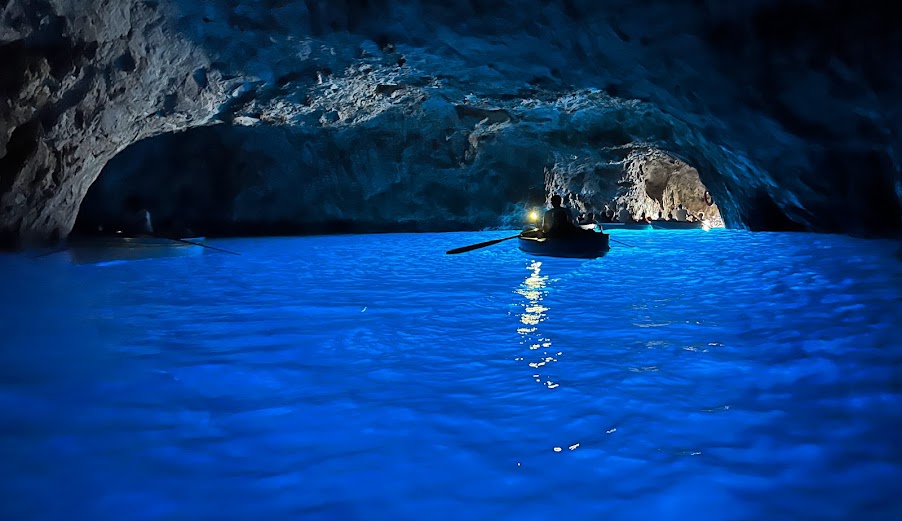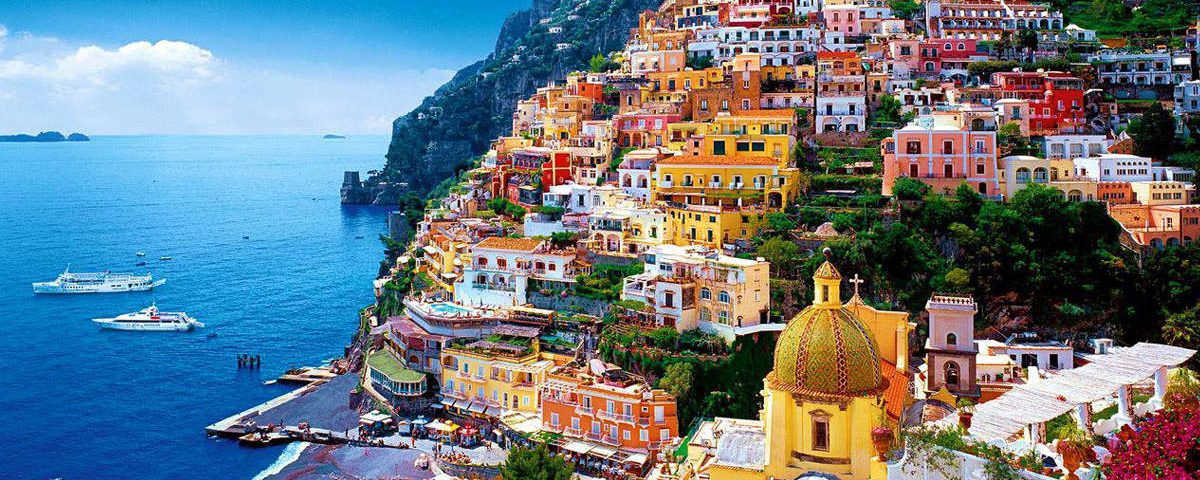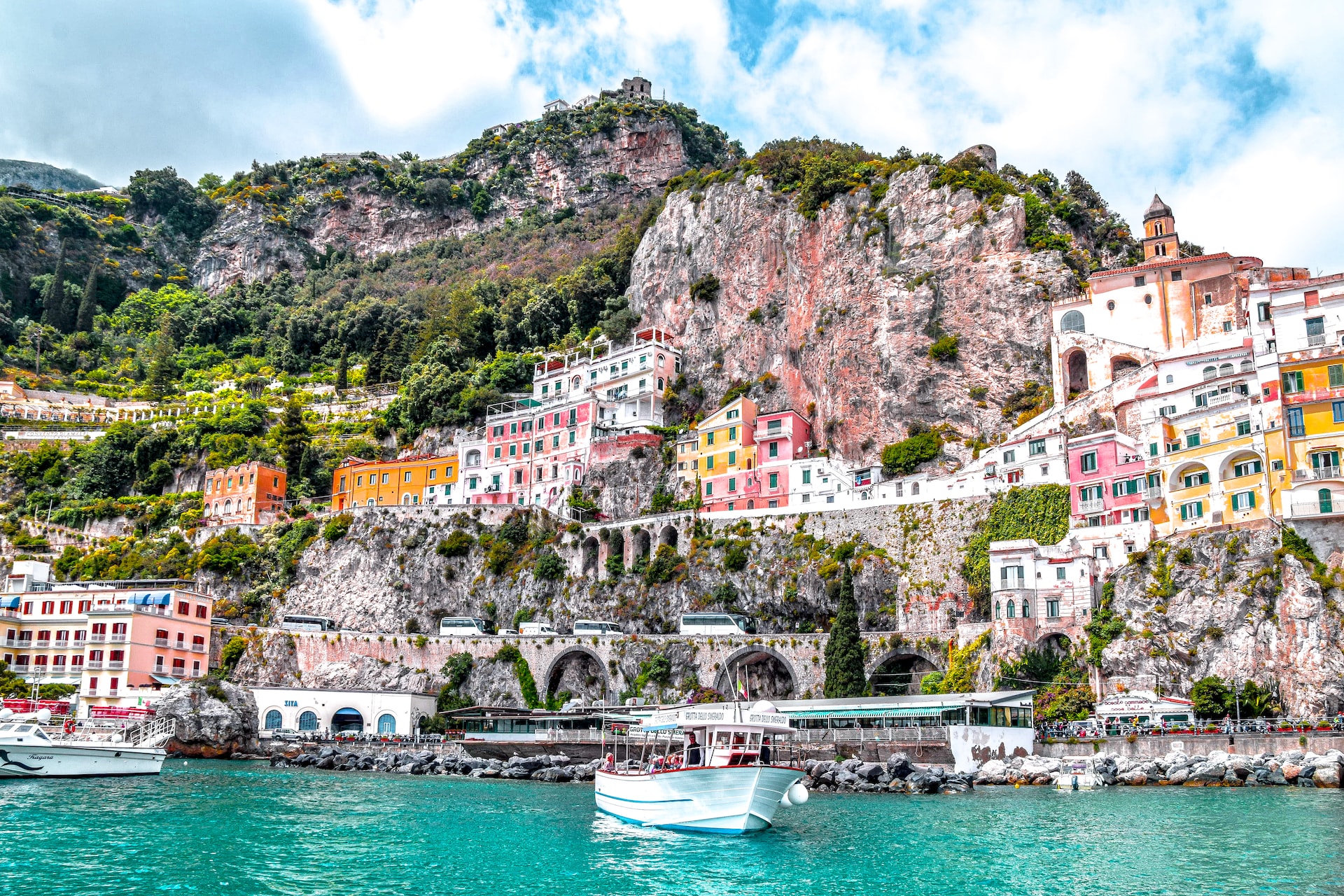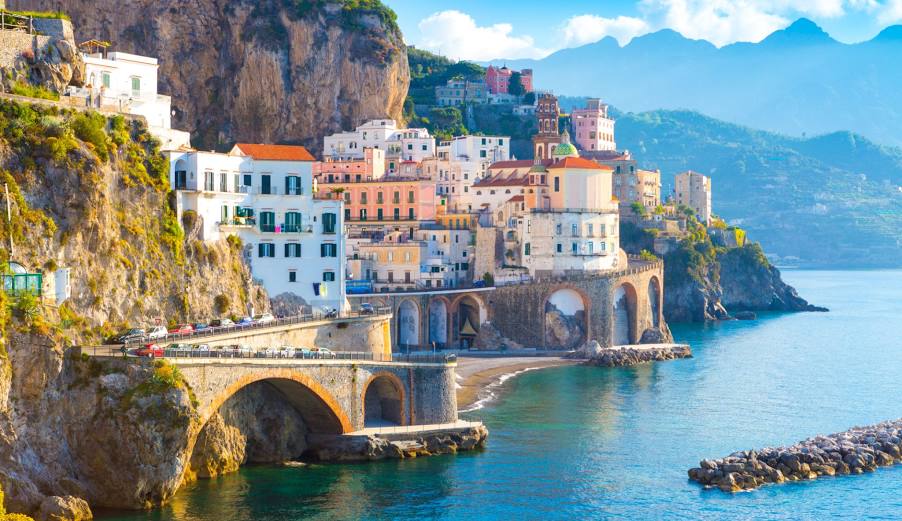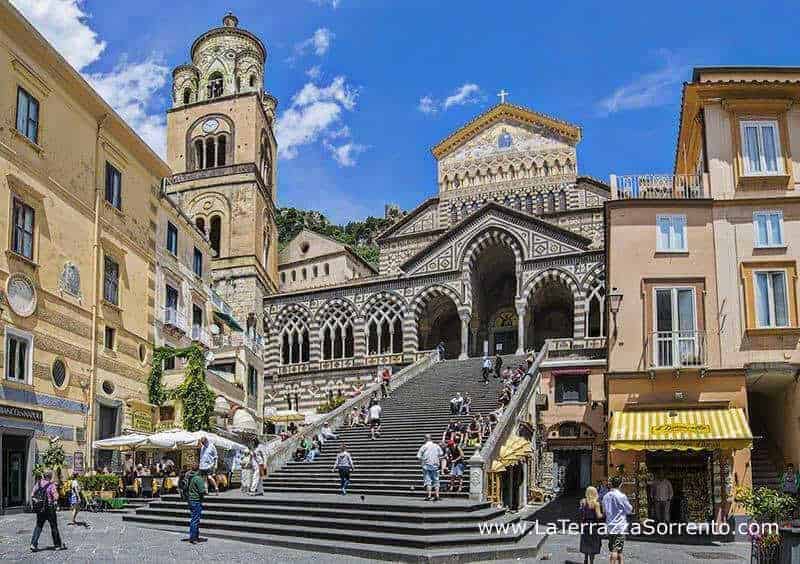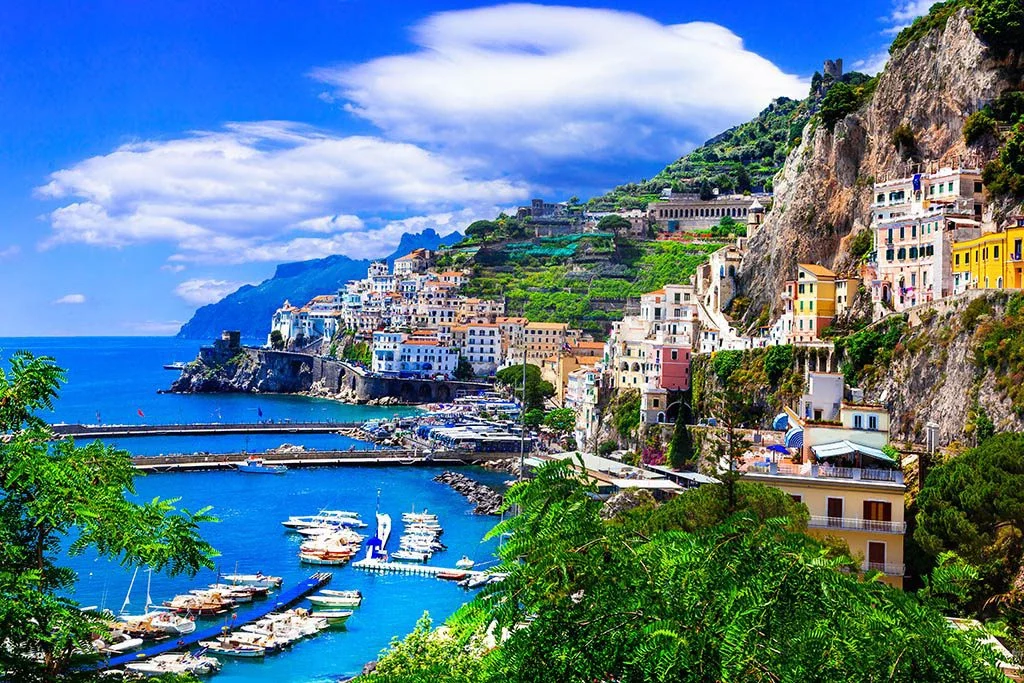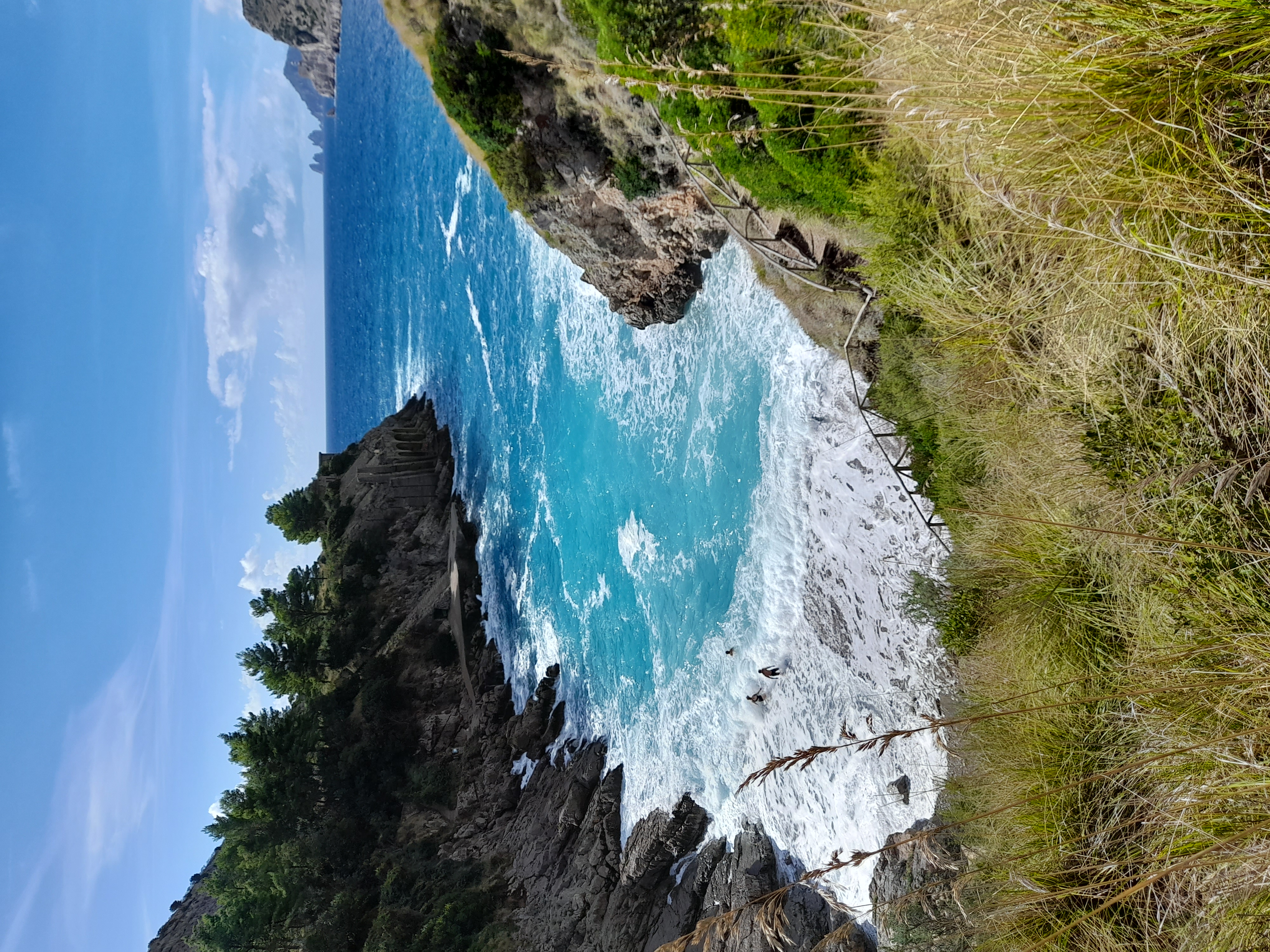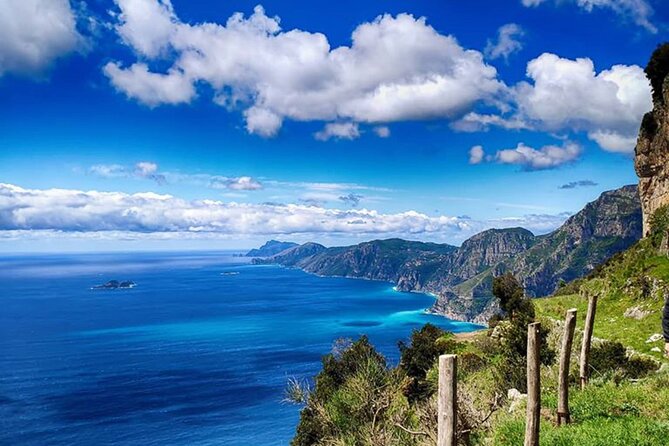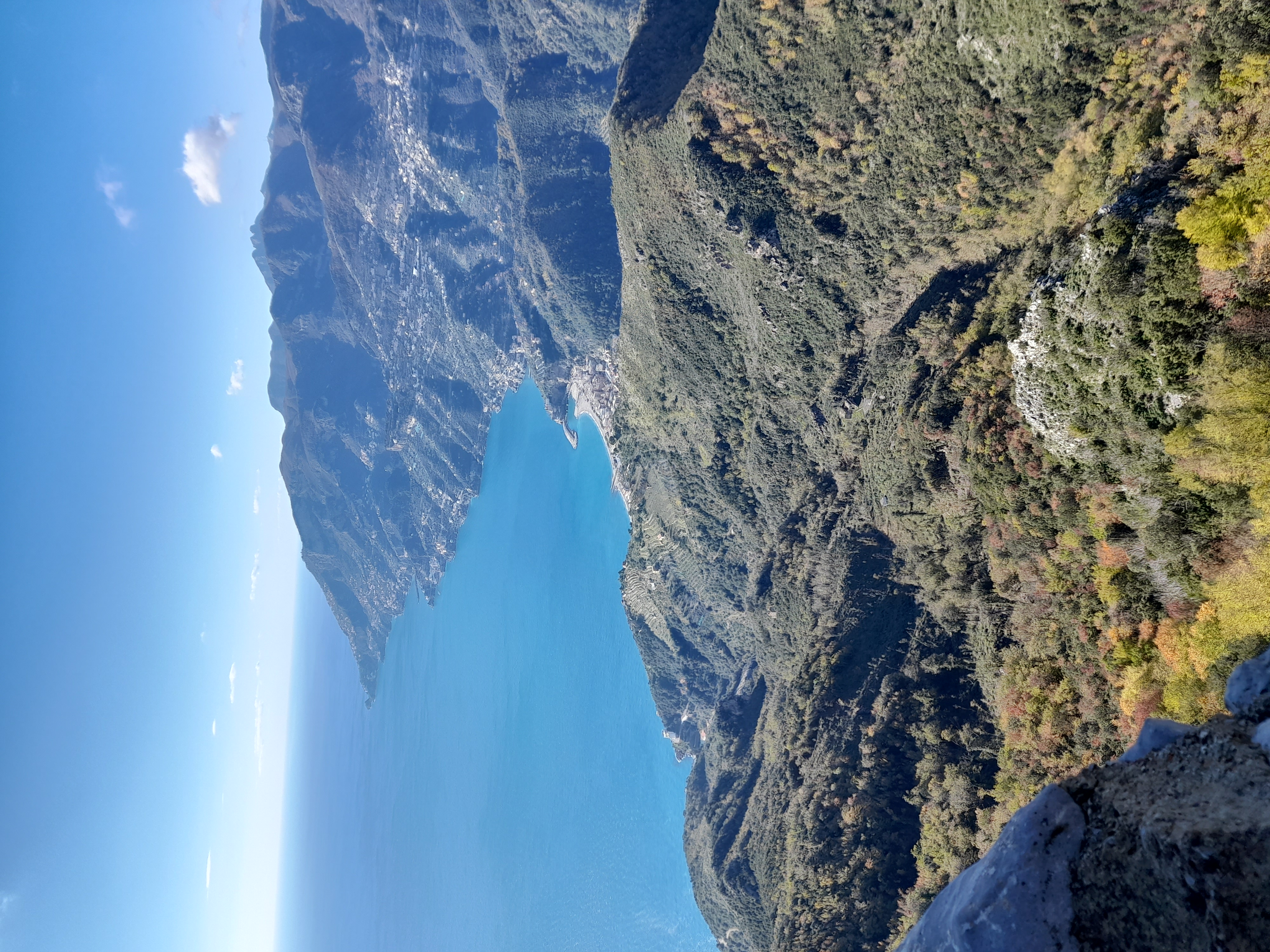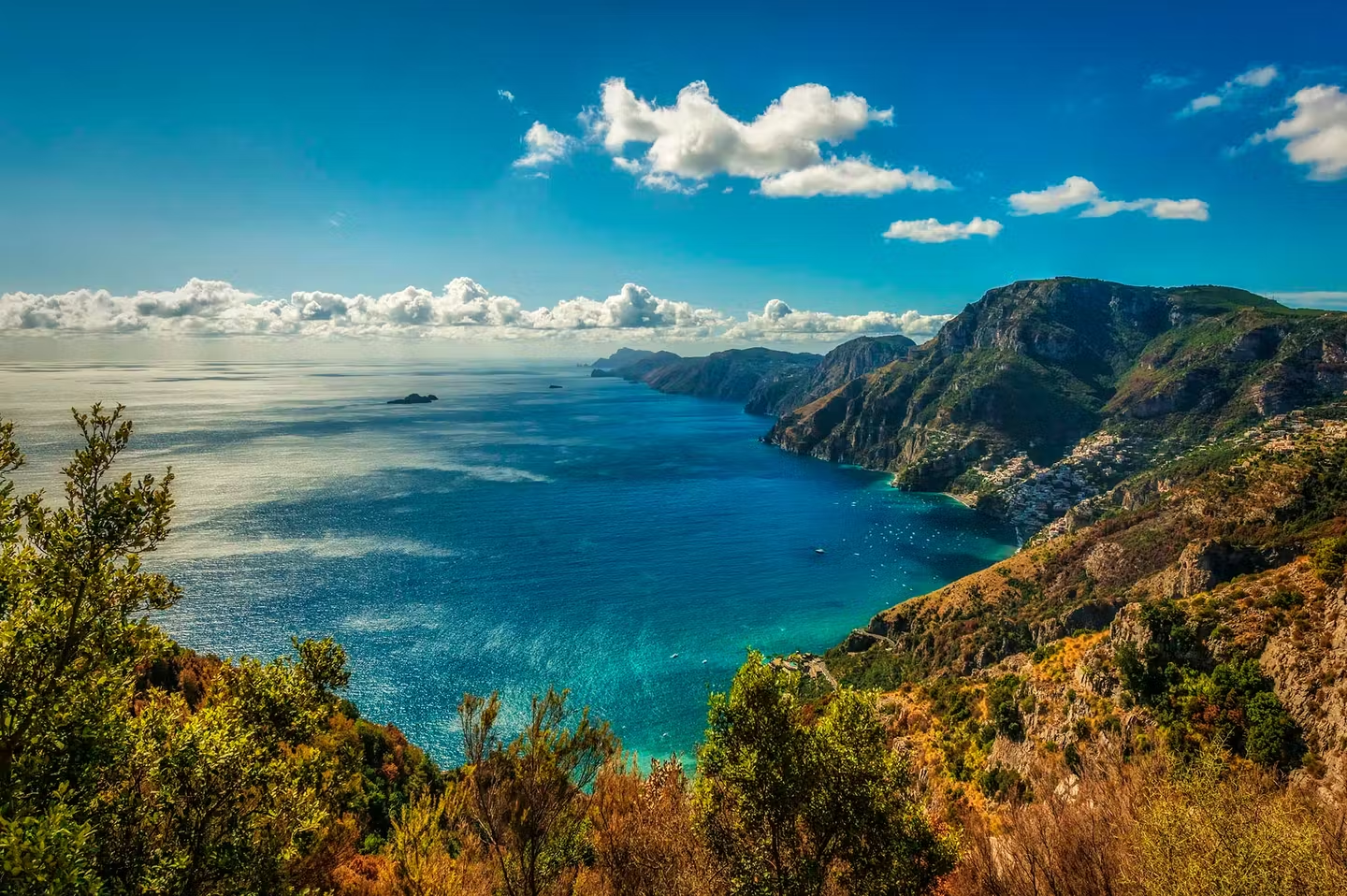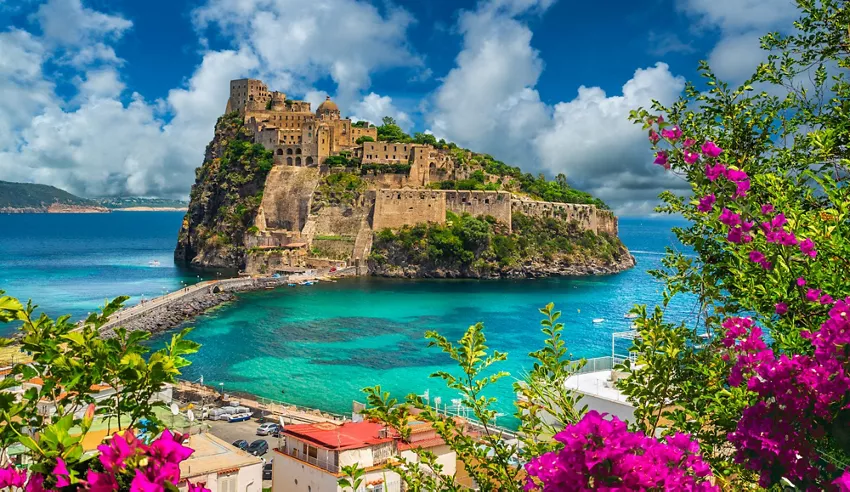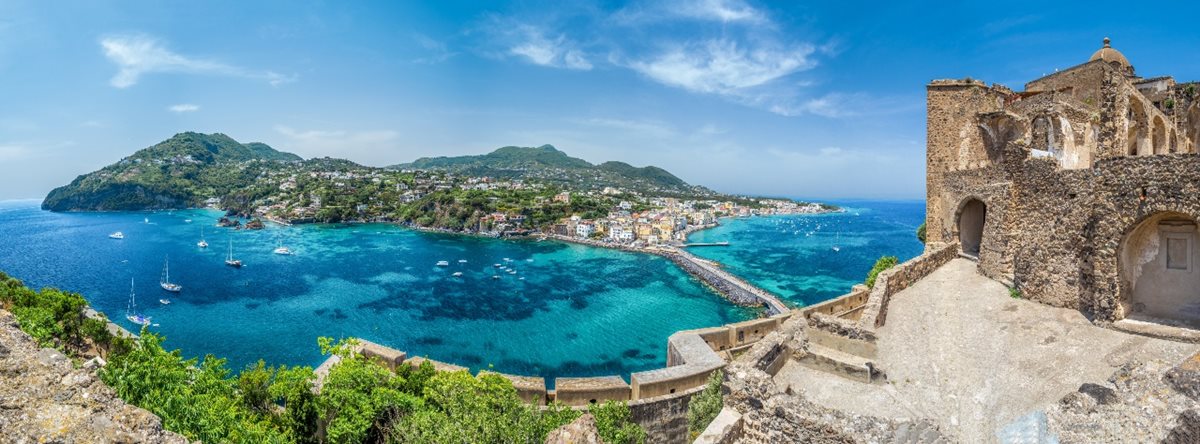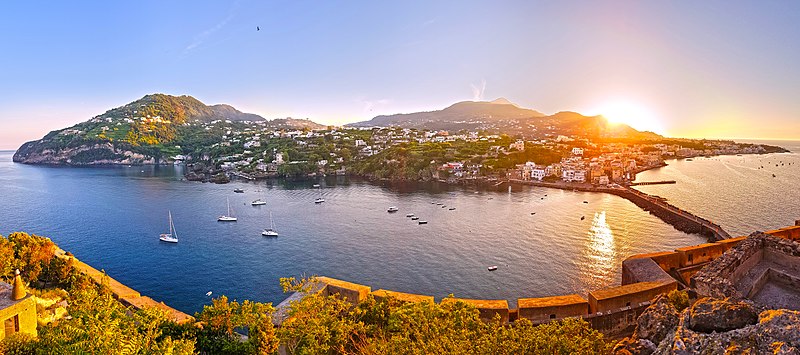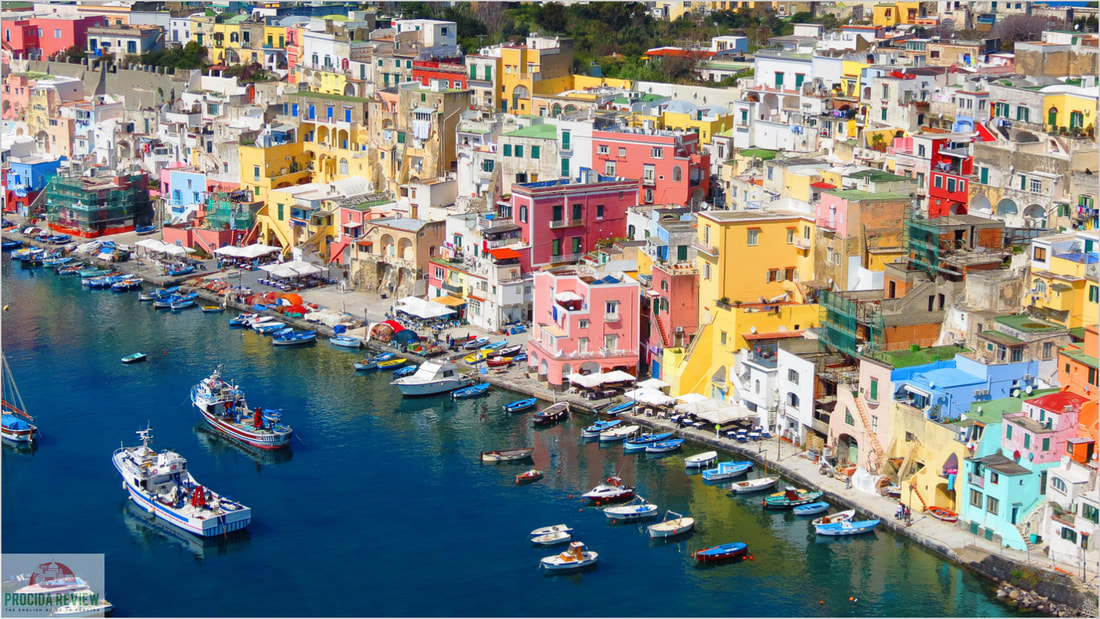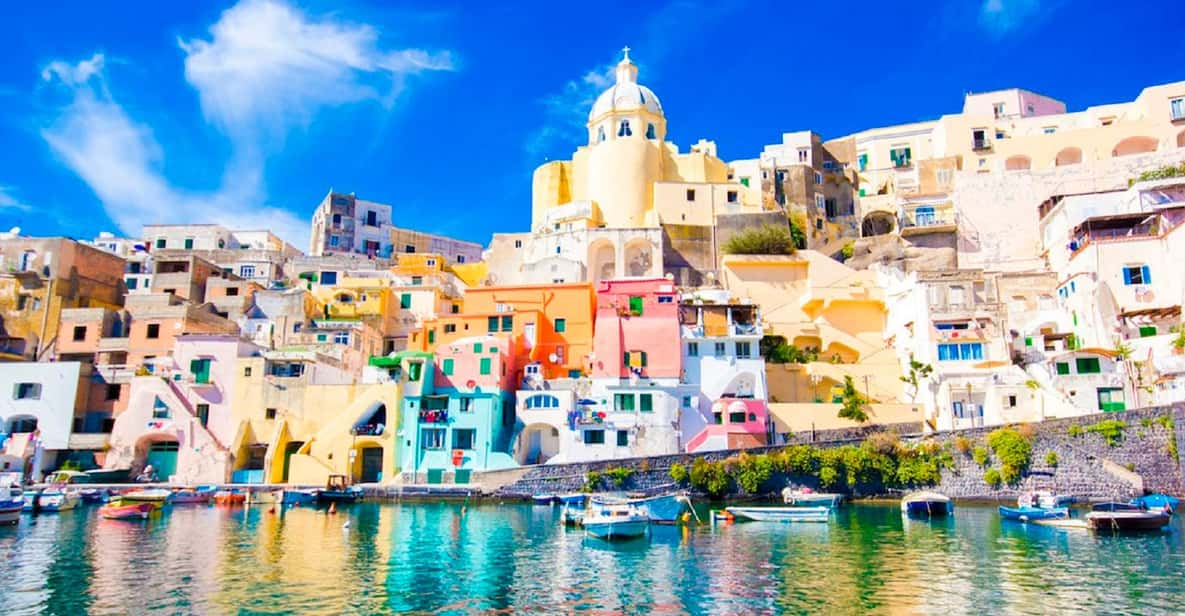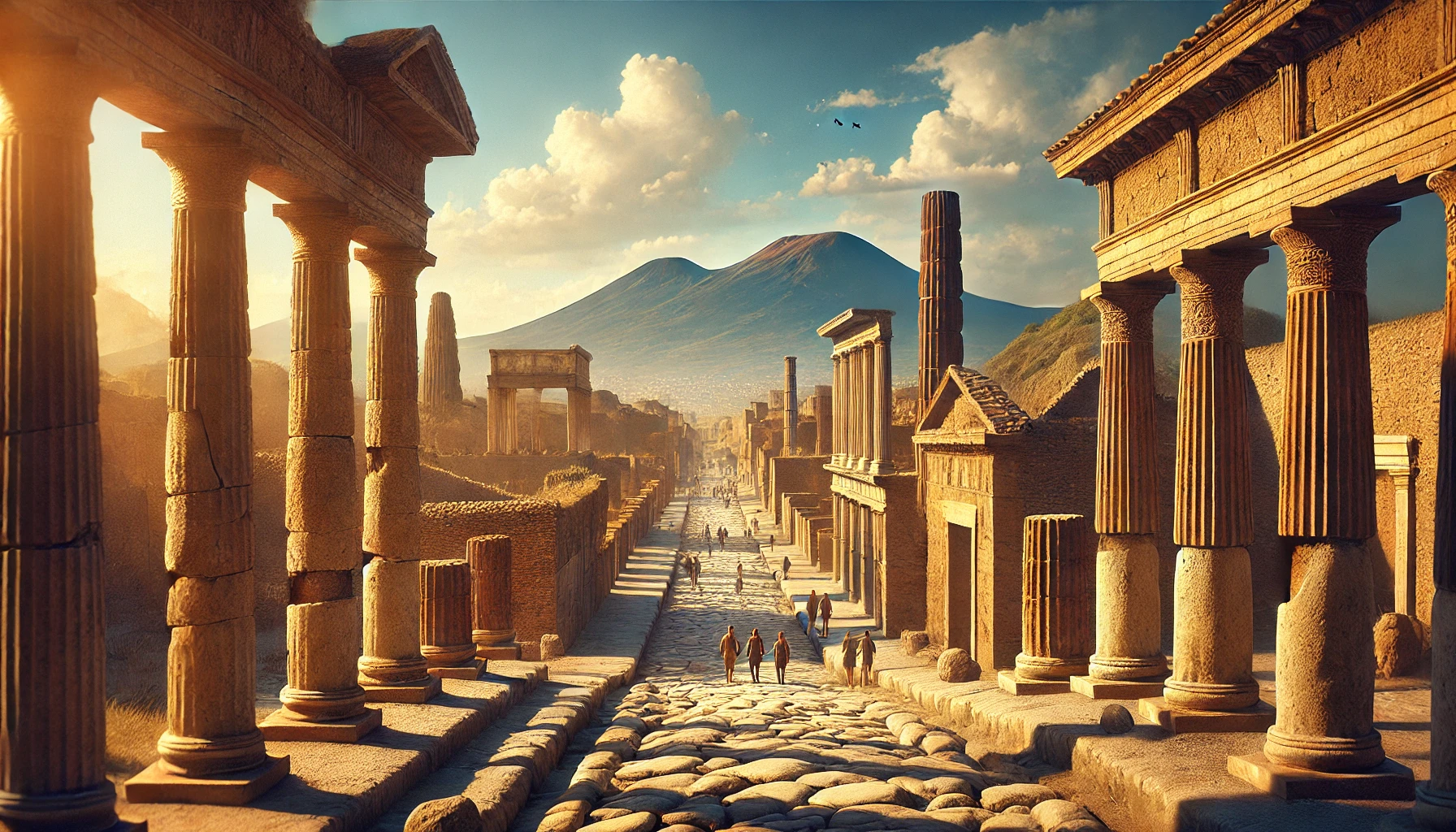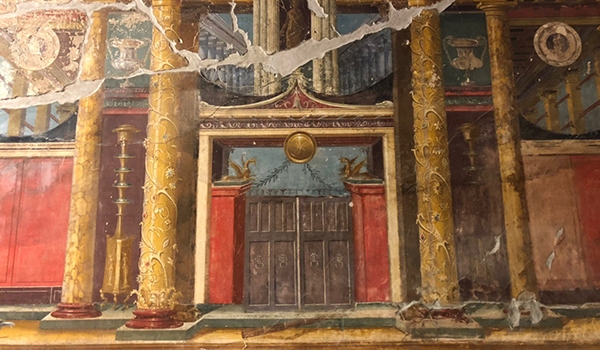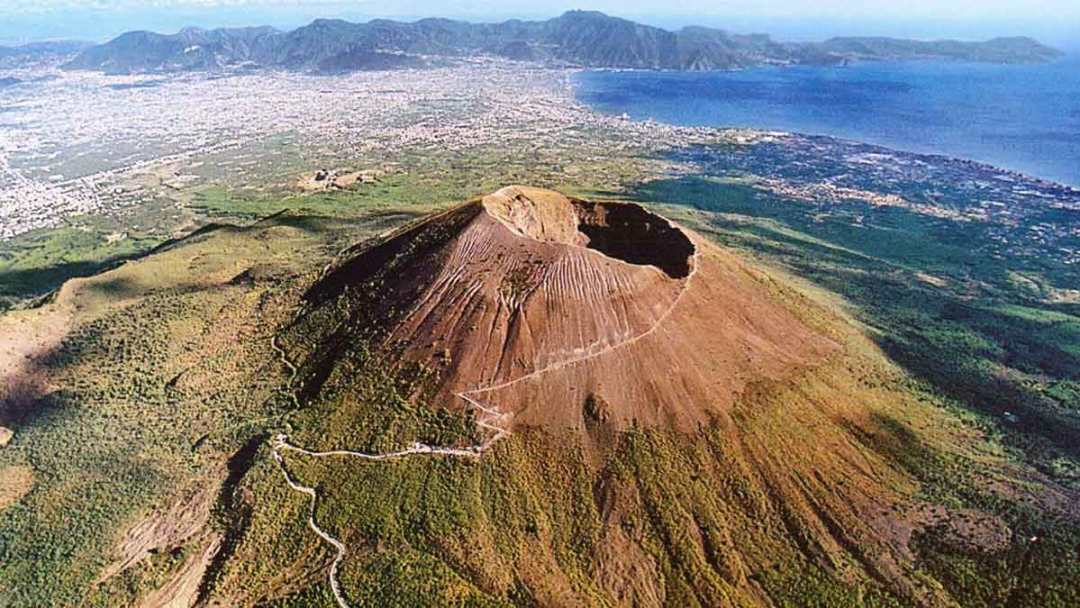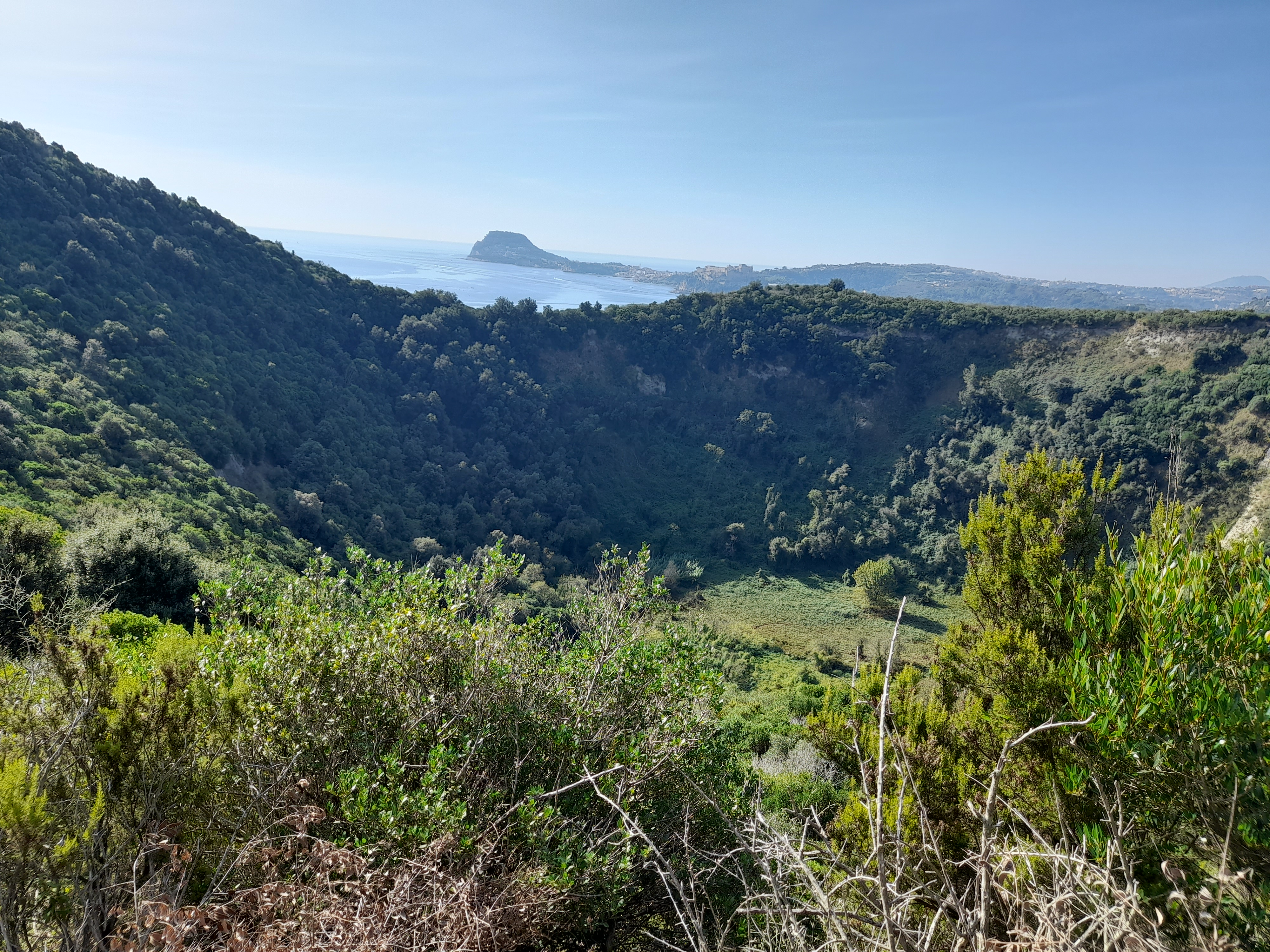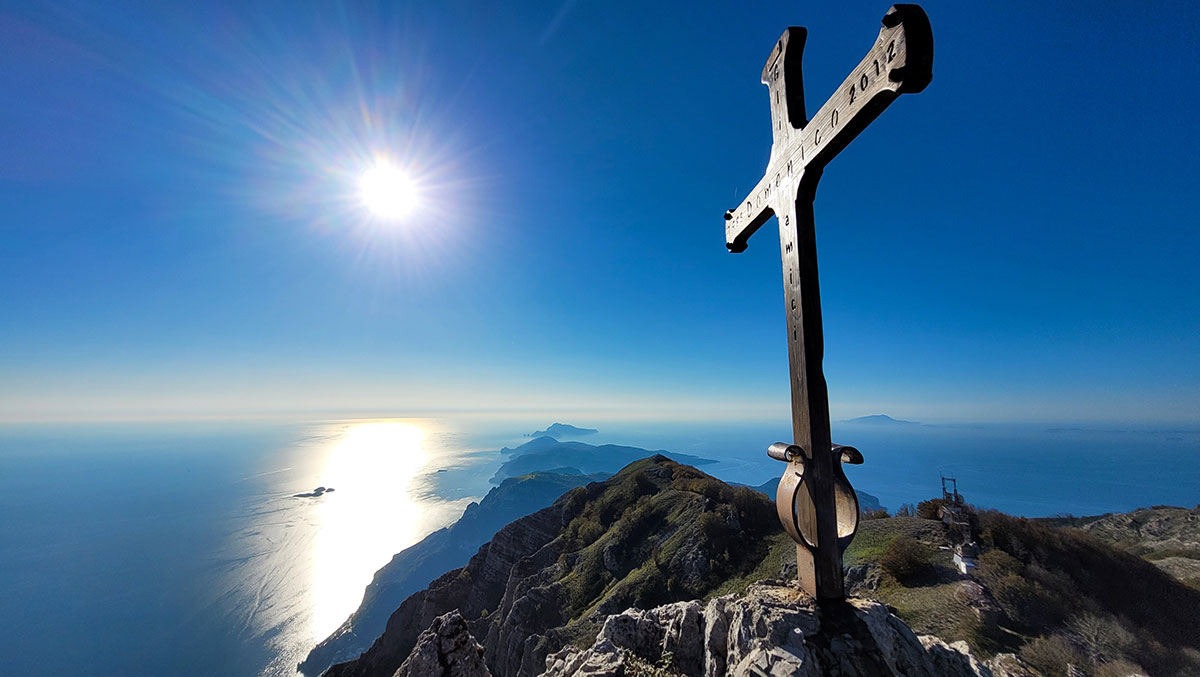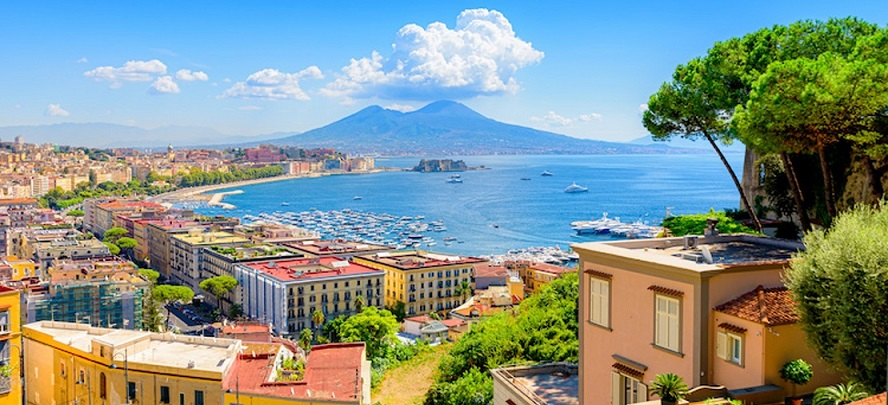Because of its beauty and originality, Naples has been considered an unmissable stage of the European "Grand Tour".
Founded by Greeks in the first millennium BC, Naples is one of the oldest continuously inhabited urban areas in the world. In the eighth century BC, a colony known as Parthenope (Ancient Greek: Παρθενόπη) was established on the Pizzofalcone. In the sixth century BC, it was refounded as Neápolis.[6] The city was an important part of Magna Graecia, played a major role in the merging of Greek and Roman society, and was a significant cultural centre under the Romans.[7]
In the Middle Age, Naples first was rather autonomous under the formal control of the Byzanthine empire, then served as the capital of the Duchy of Naples (661–1139); subsequently was part of the Kingdom of Sicly, then served as the capital of the Kingdom of Naples (1282–1816), and finally as the capital of the Kingdom of the Two Sicilies — until the unification of Italy in 1861, when it became part of the Kingdom of Italy (the Republic Italy, after WW2). The kings have belonged to major European dynasties (Hohenstaufens, Angevin, Aragonese, Bourbon, Savoia). Naples is also considered a capital of the Baroque, beginning with the artist Caravaggio's career in the 17th century and the artistic revolution he inspired.[8] It was also an important centre of humanism and Enlightenment.[9][10] The city has long been a global point of reference for classical music and opera through the Neapolitan School.[
The ancient historical center, which includes the conference venue, still preserves its original streets structure; in fact, the rests of the greek-roman city emerge everywhere from underground, and can be seen or visited in several different points close to the venue (e.g. Piazza Bellini, various churches in Via Tribunali, Napoli Sotterrata, Napoli Sotteranea, the Cathedral, the Roman terms in Santa Chiara's cloister). On top of that, you can see other 2000 years of architecture, history and culture; a vibrant, chaotic mixture of cultures and love for life.
For many centuries Naples has been one of the most populated cities in Europe (the 2nd or 3rd in the 17th century). Therefore the historical center extends much further than the ancient one, especially to the west, where it includes extremely beautiful, panoramic quarters along the sea (Chiaia, Posillipo). We encourage you to visit as much as you can before, during and after the conference, helped by some good guide.
Also the area around Naples offers many famous and marvellous sites. Through the following short photo gallery you can get an idea of just a few beautiful touristic attractions that you can find in the surroundings of Naples, and maybe decide to visit some of them before or after the conference. The name of the file of each image pintpoints the corresponding place.
